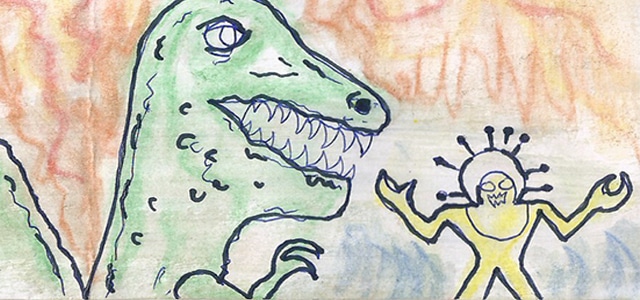
Last Sept I was giving a 3 weeks training on multispectral imaging for art examination at the Instituto Nacional de Patrimonio Cultural in Quito, Ecuador. While we were doing UV fluorescence photography, I noticed in the pitch dark room, my student was glowing in the dark. It turned out it was his tattoo.


So, I was intrigued and I thought it worth to give his tattoo a multispectral imaging examination. It was out of curiosity, though, doing some little research I found out some applications of multispectral imaging for tattoo pigments identification [1-7]. Knowing what pigments were used by the artist it is important in order to select the right procedure for their removal. This is an interesting overlapping of medicine and cultural heritage science. Both aim at identify pigments. Though, in this tattoo case, the task is the total deletion of the work of art rather than its conservation! I noticed the methods used in these papers didn’t employ some of the other imaging methods such as UVR (UV Reflected), UVF (UV Fluorescence) and IRF (infrared fluorescence) used for artistic pigments identification.



It turned out that my student, conservator and artist, designs his tattoo, a mix of Ecuadorian and worldwide cultural symbols. The Wandijas, those spirits that look so much as extraterrestrial visitors, talk with some dinosaurs, creatures Cristian is definitely fascinated by.

Hasta luego!






great post!